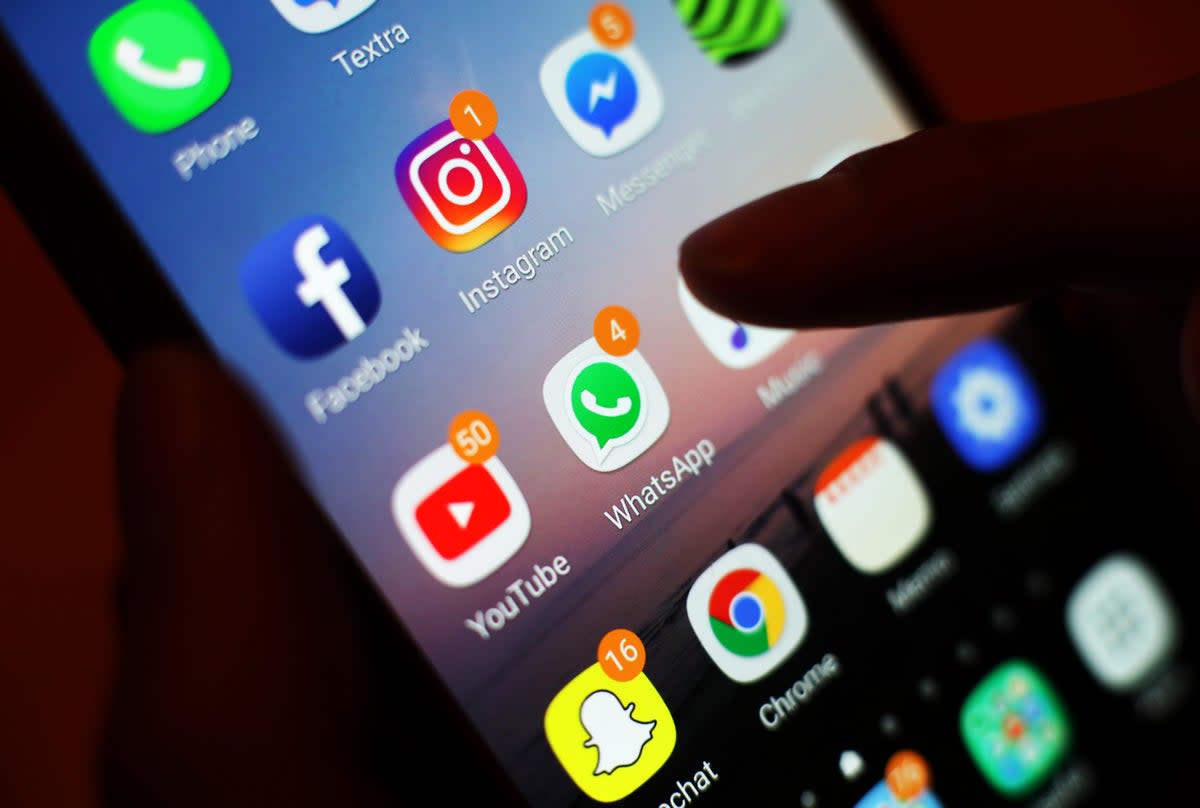Voices: This is why I’m worried about tomorrow’s unprecedented emergency alert

Unless you have been hiding under a rock, you will know that the UK government has decided to test its emergency alert system this Sunday 23 April at 3pm, by sending a message accompanied by a loud siren-like sound and/or vibration to all 4G and 5G mobile phones in the UK. The sound and message will apparently last for 10 seconds (note: the alert will not work on older phone models).
Understandably, the domestic abuse charity Women’s Aid, for whom I am a survivor ambassador, has picked up on the potential risk of these alerts to victims of domestic abuse. It’s a particular concern for those who might still be living with their abuser and may have a concealed (or “burner”) phone for their safety. A loud alert sound blaring from a previously concealed phone could result in immediate exposure and put them in serious danger from their perpetrator.
It may seem strange that a victim might hide a phone from her partner, but having personally experienced abuse and met countless other survivors, I know how important it is to hide/hoard key items, including mobile devices, when preparing to escape the relationship.
I remember one lady I met who managed to leave only after collecting coins from down her sofa over the course of a year, a few pence a week, saving up just enough for a train fare. For women in this situation, their phones, which once they considered as a lifeline, could in fact be their enemy. Ten seconds might be just long enough to expose them and put them in an incredibly dangerous position.
Women’s Aid are not the only nationwide domestic abuse charity to have noticed the safety issue with the emergency alert system. With technology, safety is everything. I’ve previously worked with AVA to design an app for victims of abuse and a huge part of that was making sure we developed ways to hide the user’s browsing history, even the app button itself. Just in case. Nothing is left to chance, nor should it be. Technology is our friend but can also be our foe.
This is why I feel so strongly about raising awareness of how to disable the alert for women in high-risk circumstances. There is also, of course, the option for them to turn off their phone on the day, but I wouldn’t advise that, in case the message pops up once it is turned back on and the risk would therefore remain.
There is an opt out: Women’s Aid have shared how to disable alerts with a step-by-step video on their website, as I have also done on my own social media accounts. Of course, disabling the alert doesn’t come without its own risk – what if there is a genuine national emergency?
Well, Sunday’s alert is only a test, and you can always re-enable these alerts afterwards when you feel safe to do so. And in the event of a real emergency, there is always radio, TV and social media.
To turn the alerts off completely, the process is largely the same for iPhone and Android phones:
iPhones
Go to Settings >Notifications >Extreme alerts and Severe alerts and toggle both to the off position.
Android
Go to Settings>Notifications>Advanced Settings>Wireless Emergency Settings and toggle that to the off position.
If you have a phone which does not comply with the above steps or are struggling to find settings, simply go to your phone’s search bar and type in “emergency alerts”. You can turn off wireless emergency alerts from there.
For more information, visit the Women’s Aid website

